
|

|
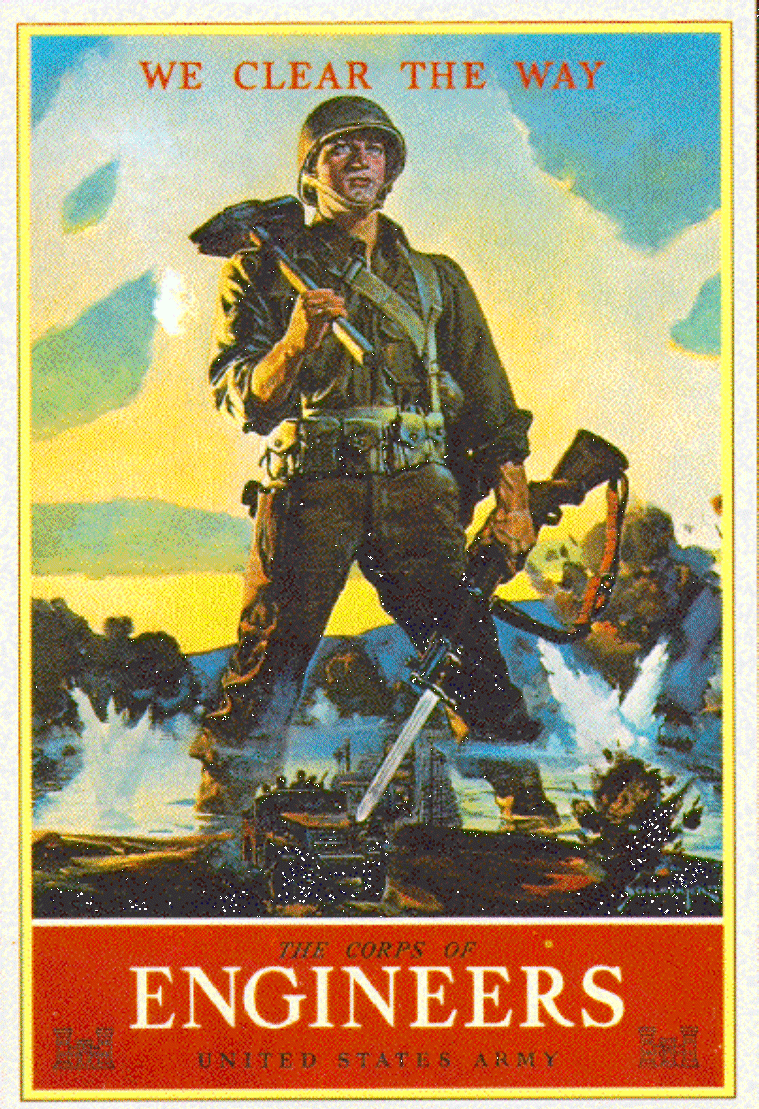
Based on the US Army Corps of Engineer"!
The US Army Corps of Engineers is also known as
"Architect of the battlefield"
THE ENGINEER CASTLE:

The appropriateness of the turreted castle as a symbol of the Army Corps of Engineers is readily apparent.
The medieval castle is inseparably connected with fortifications and architecture. In heraldry, the castle and the tower are
often used on coats of arms or given as charges in the shield of individuals who overcome walled fortifications, were the
first to mount their walls ore successfully defended them. In this country the term "castle" has been applied to the strongest
of our early fortifications such as Castle Pickney in Charleston, South Carolina, and Castle Williams and Castle Clinton in the New York Harbor. The Castle is a highly stylized form and semble
without decoration or embellishment. The Army officially adopted the castle to appear on the Corps of Engineers Epaulets and
belt plate, in 1840. Soon afterwards the cadets at West Point, all of whom were part of the Corps of Engineers until the Military Academy left the charge of the Chief of
Engineers and came under the charge of the Army at Large in 1866, also wore the castle on their cap beginning in 1841. Subsequently
the castle appeared on the shoulder knot; on the saddle cloth, as a collar device, and on the buttons. although its design
has changed many times since its inception, the castle has remained as the distinctive symbol of the Corps of Engineers.
"ESSAYONS": Is a French word meaning-"Let Us Try"

It's History: THE ENGINEER BUTTON

The Corps of Engineers' oldest and most time honored insignia is the exclusive Essayons Button.
It has not been changed in the basic design since the war of 1812. It is still the required button for the Army Engineers'
uniform. Evidence which could establish the actual facts concerning the designing and adoption of the Essayons Button probably
burned at West Point in 1838, when the building containing the library and earliest official Corps of Military Academy records
caught fire. However, while early Army regulations mentioned the "button of Engineers... with only the device and motto heretofore
established", apparently no authoritative detailed description of the button appeared until 1840. The Army prescribed new
uniforms on February 18, 1840, in General Orders 7, AGO, which officially described the button as follows: An eagle holding
in his beak a scroll with the word, 'Essayons,' a bastion with embrasures in the distance, surrounded by water, and rising
sun; the figures to be of dead gold upon a bright field." In 1902, when the Army adopted "regulation" buttons, it allowed
only the Corps of Engineers to retain its own distinctive Essayons Button in recognition of the distinguished traditions that
it symbolized.

THE U.S. ARMY CORPS OF ENGINEERS BRANCH SONG:
"ESSAYONS"
Essayons, sound out the battle cry Essayons,
we'll win or we'll die Essayons,
there's nothing we
won't try...
We're the U.S. Army Corps of Engineers...
Pin the castle on my collar
I've done my training for the
team.
You can call me an engineer soldier,
the warrior spirit has been my dream.
We are builders, we are fighters!
We
are destroyers just as well
There've been doubters who met with the sappers..
1 - We know our sappers will never fail
OR
2
- And then we blew them all straight to hell
Our brothers fighting on the battlefield
Look to us to point the way
We
get there first and then we take the risks
To build the roads and the air strips
And bridge the mighty river streams
We
don't care who gets the glory
We're sure of one thing, this we know
Somewhere out there an engineer soldier
Designed
the plan for the whole darn show
Essayons whether in war or peace
We will bear our red and our white
Essayons we
serve America
And the U.S. Army Corps of Engineers..
Essayons!! Essayons!!

AN ENGINEER HYMN
Men of honor, stop your dreaming,
Can't you see their bayonets gleaming,
See their warrior pennants
streaming,
To this battle field.
Men of honor, stand ye steady,
It can not be ever said ye,
For this battle were
not ready.
Sappers will not yield.
Hear the cannon pounding, pounding.
From the hills resounding, sounding.
Sound
the horn, and forward toward,
The mighty force surrounding.
Men of honor, stand ye steady,
Ye shall ever be at ready,
To
the frightful foe afore Ye.
Sappers will not yield.
Men of honor, start replying,
On courage and strength relying,
To
the fray ahead be flying.
Sappers will not yield.
Men of honor, those before ye,
Fought and died as Engineers for
the,
Nation that we hold so dearly.
Sappers will not yield.
Hear the cannon pounding, pounding.
From the hills
resounding, sounding.
Sound the horn, and forward toward,
The mighty force surrounding.
Men of honor, on to glory,
This
will ever be your story,
Keep these stirring words before ye.
Sappers will not yield.
Sung to the tune of "Men of Harlech", mistakenly called the Welsh National Anthem. By Marziale, this
march commemorates the Welsh defense of Harlech Castle against the British in 1468. This tune is traditionally the regimental
song of the Queens 24 Regiment of Foot, known as the Welsh Border Guard.
Please note:There is a Castle in Europe today known as the Harlech castle

The Corps of Engineers In the begining ...
The U.S. Army was founded on June 14, 1775, when the Continental Congress authorized
enlistment of riflemen to serve the United Colonies for one year. Birth of the Corps of Engineers, June 16, 1775 Continental
Congress authority for a "Chief Engineer for the Army" dates from June 16, 1775 when General George Washington appointed Colonel
Richard Gridley as Chief Engineer of the Continental Army. A corps of Engineers for the United States was authorized by the
Congress on March 11, 1779. Engineer soldiers, then called Sappers and Miners, played a significant role in the Revolutionary
War. Most notably, Sappers were the key in preparing the defense around strategic points such as Bunker Hill and leading assaults
through fortified enemy positions such as Redoubt #10 at Yorktown. The Corps of Engineers as it is known today came into being
on March 16, 1802, when the President was authorized to "organize and establish a Corps of Engineers ...that the said Corps
... shall be stationed at West Point in the State of New York and shall constitute a Military Academy." The dependence on
foreign trained military engineers in the Revolution is what led to the formal establishment of the Corps of Engineers and
the Military Academy at West Point. The Corps was responsible for running the West Point Academy from its birth to the end
of the Civil War. A Corps of Topographical Engineers, authorized on July 4, 1838, was merged with the Corps of Engineers on
March 1963. The Academy produced officers who were capable of applying their knowledge to military engineering as well as
much needed nation building for the ever expanding United States. With the enactment of the first River and Harbor Act in
1824, the Corps became the Federal Agency responsible for navigation and flood control on the nation's rivers. Participation
by Army Engineers in mapping the west (Lewis and Clark were Army Engineers) and in developing rail and water transportation
systems provided the infrastructure that allowed the country to grow from a weak agricultural society to the strongest industrial
nation on earth. Engineers provided the expertise that also enabled U.S. forces to be victorious in the Mexican War (Scott's
Opinion). Military Engineers also ushered in modern warfare during the Civil War through such innovations as land mines, trench
fortifications and the use of balloons for observations and mapping. When the nation needed leaders to tackle hard and heavey
problems, it invariably turned to Engineer officers. Colonel George Goethals directed construction of the Panama Canal in
the early 1900's and Brigadier General Leslie Groves supervised the Manhattan Project that developed the atomic bomb. In World
War I, The Army Corp of Engineers were the first U.S. soldiers sent to Europe. The 11th Engineer Regiment suffered It's first
U.S. casualties of the war while working to clear a passage through no-man's land in France. General Douglas MacArthur described
World War II as an Engineer's War, with more engineers in the Pacific Theater than infantrymen. Engineers were first on the
Normandy Beach head in France
Vinny's Vietnam Pictures
August 8, 1968 to November 15, 1969

|
| VINNY |
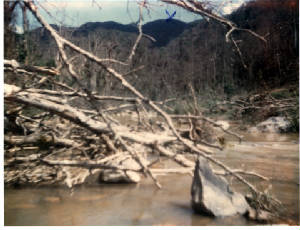
|
| JUST SOUTH OF HAMBURGER HILL |
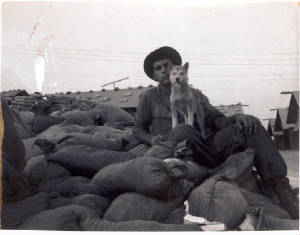
|
| VINNY |
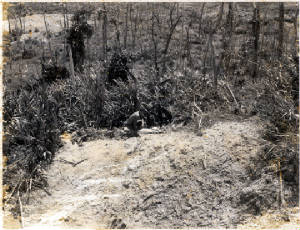
|
| Vinny blowing up a DUD 500 pounder |
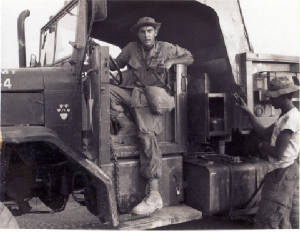
|
| Vinny |

|
| Vinny |
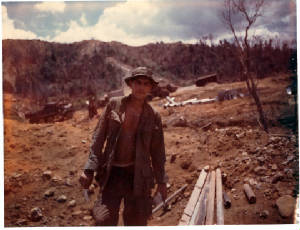
|
| VINNY |
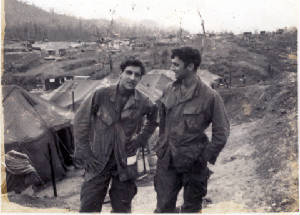
|
| Vinny and Joe from Brooklyn New York |

|
| Vinny at Camp Eagle on guard duty once again |
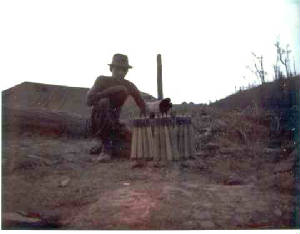
|
| ENEMY ROUNDS |
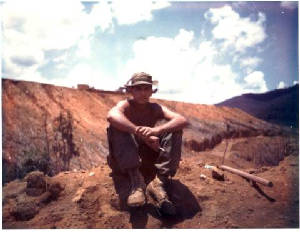
|
| FB Blaze |
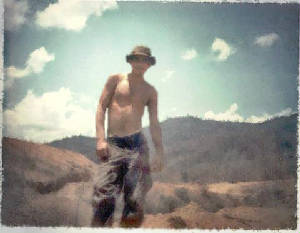
|
| VINNY |
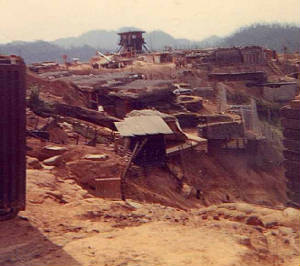
|
| Fire Base Bastogne |
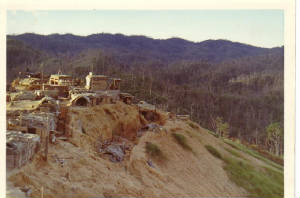
|
| Fire Base Bastogne |

|
| 50 CL FB Blaze |
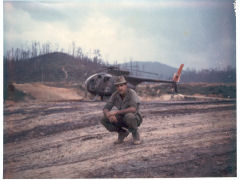
|
| LZ at Birmingham |
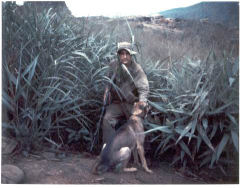
|
| Vinny and Hobo |
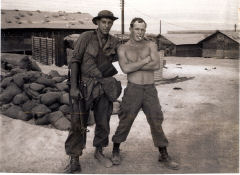
|
| Vinny and Rec Corrouth |
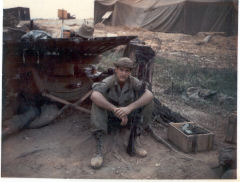
|
| Vinny's Home at FB Blaze |
27th Battalion
Convoy Ambush Route 547
Between FB Bastone and FB Birmingham
Pictures
taken by Pat Maloney June 9, 1969
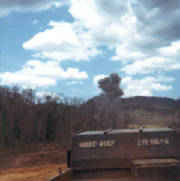
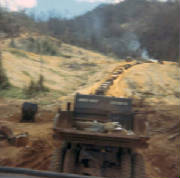
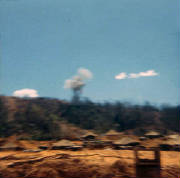
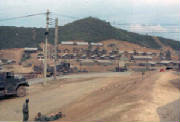
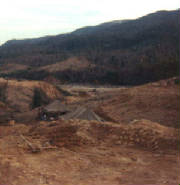
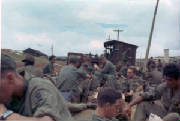
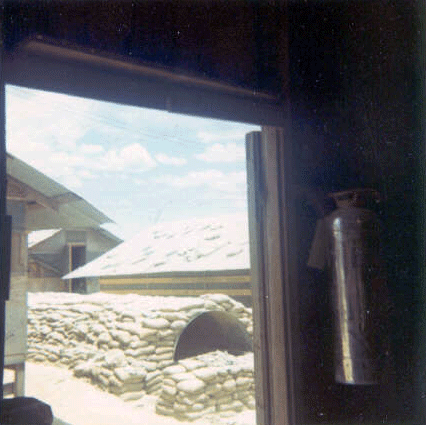
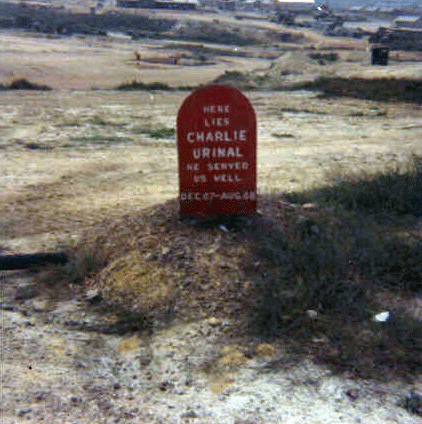
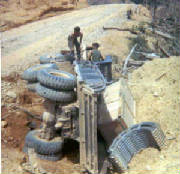
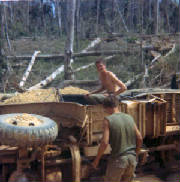
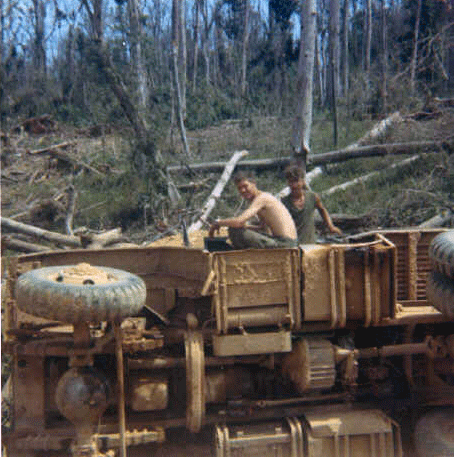
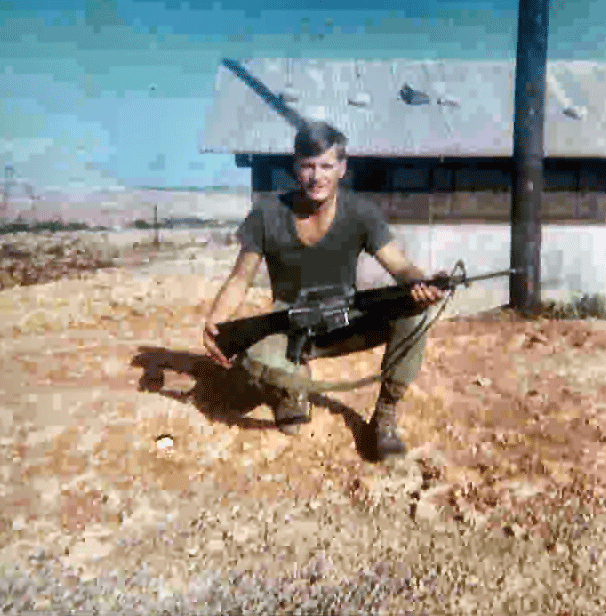
2 Day R & R At Eagle Beach
Pictures taken by Bill Anderson
April,
1969
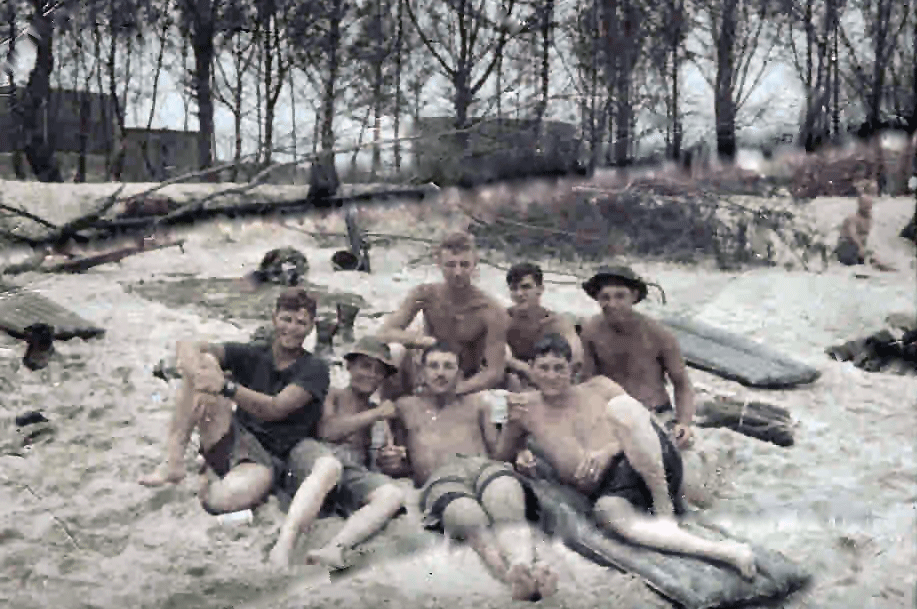
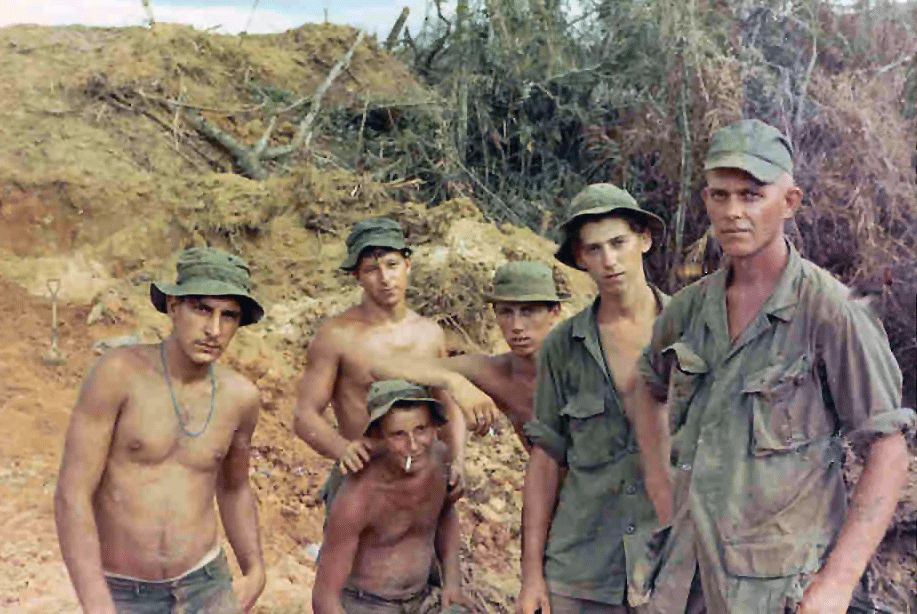
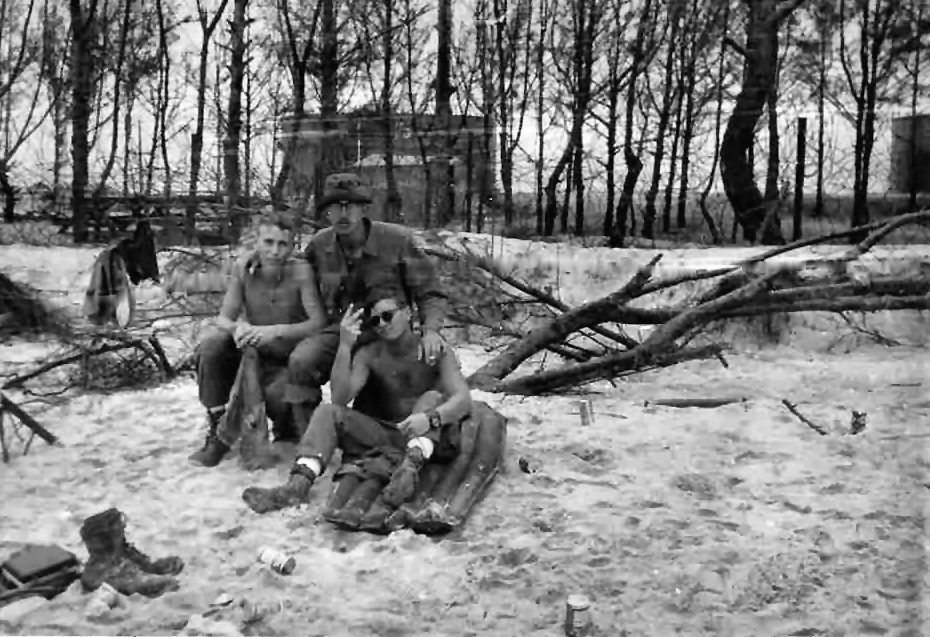
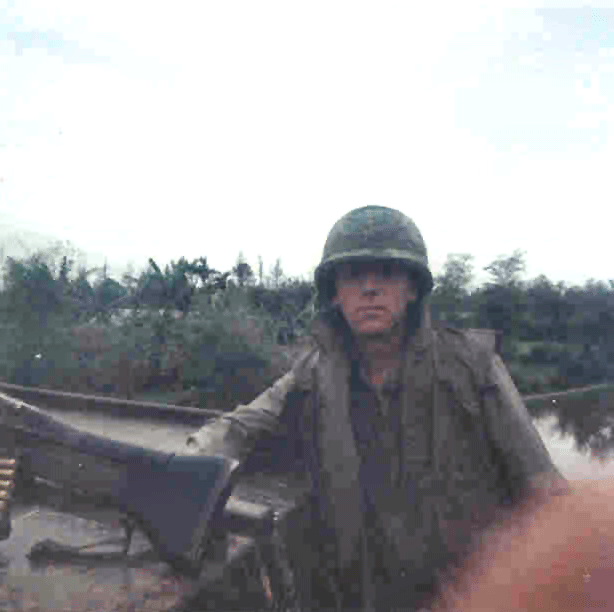
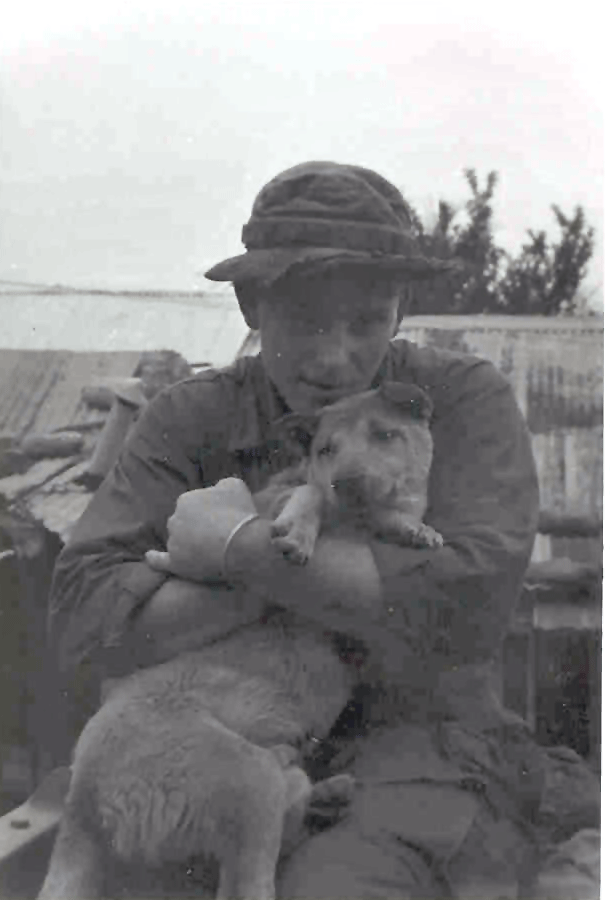
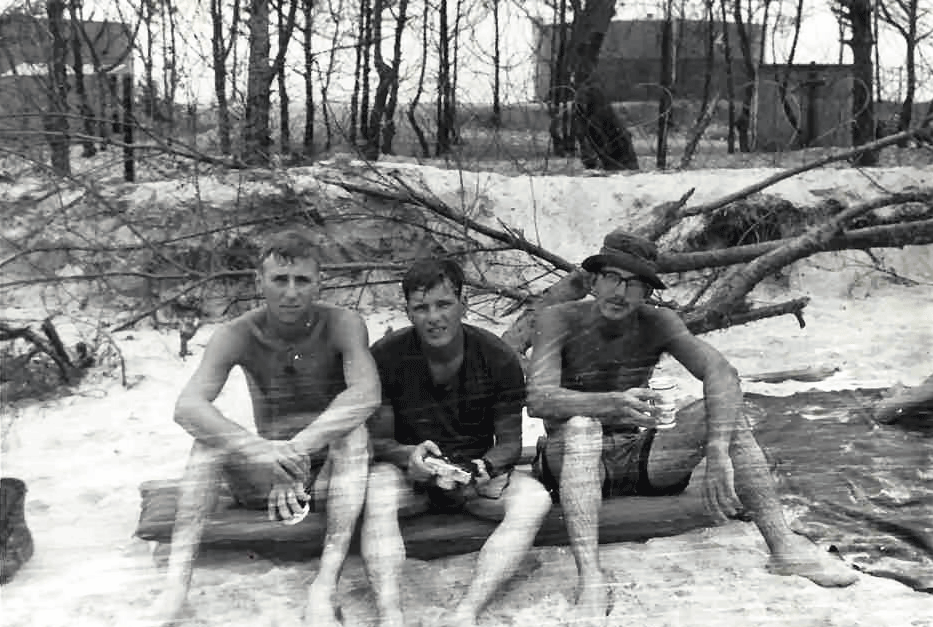
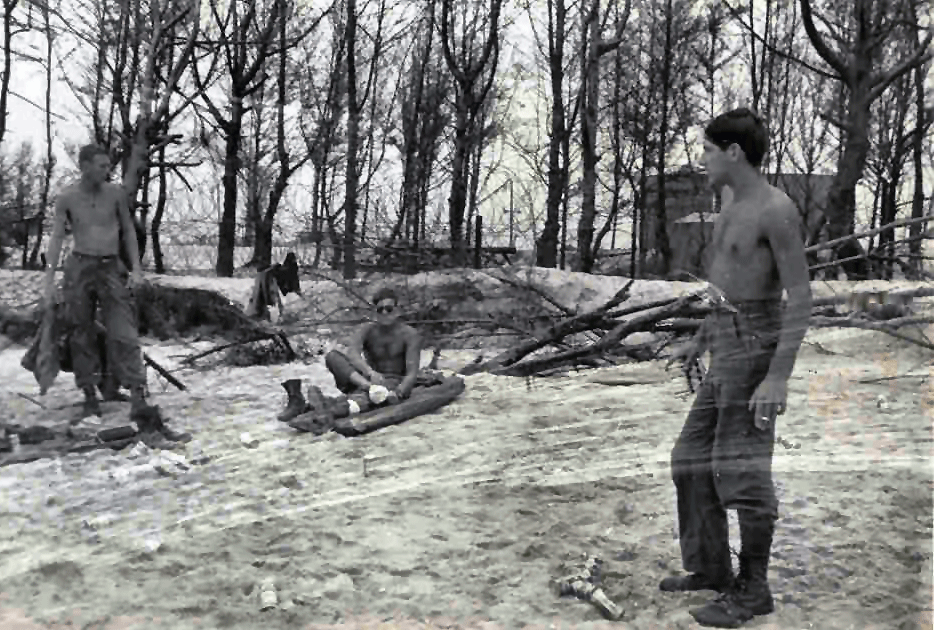

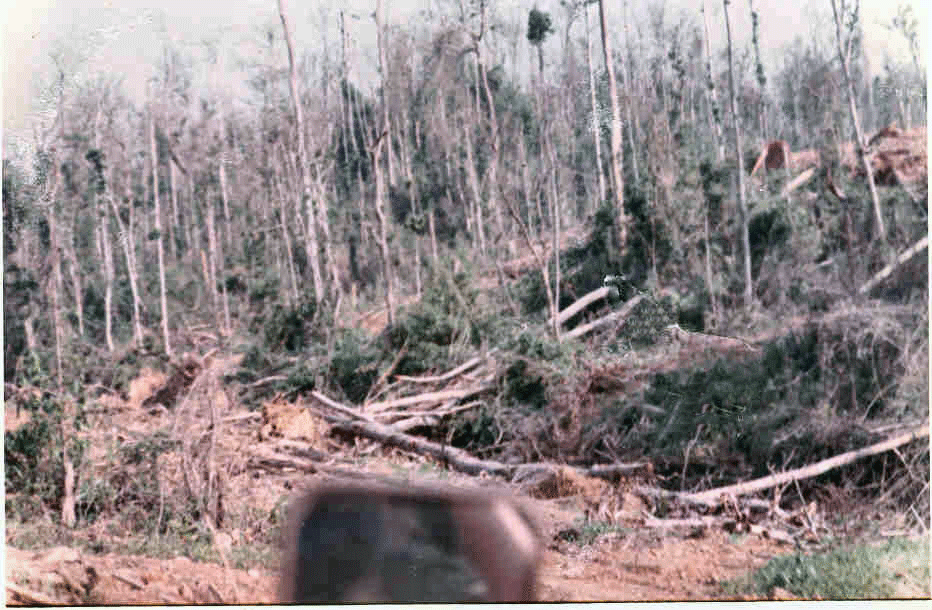
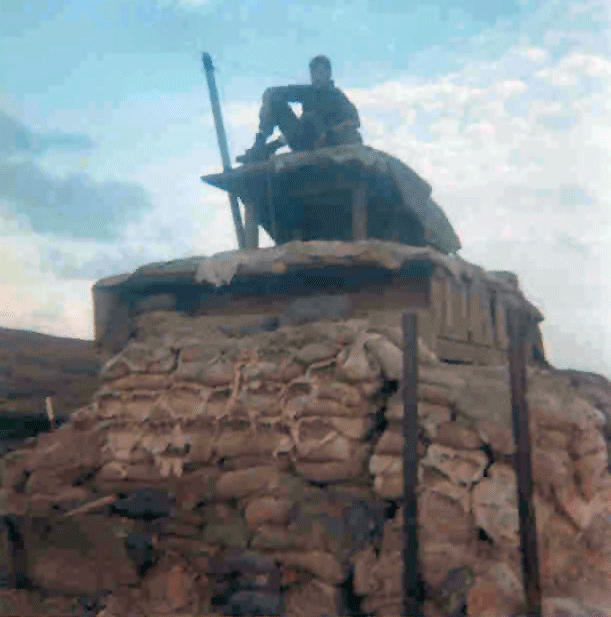
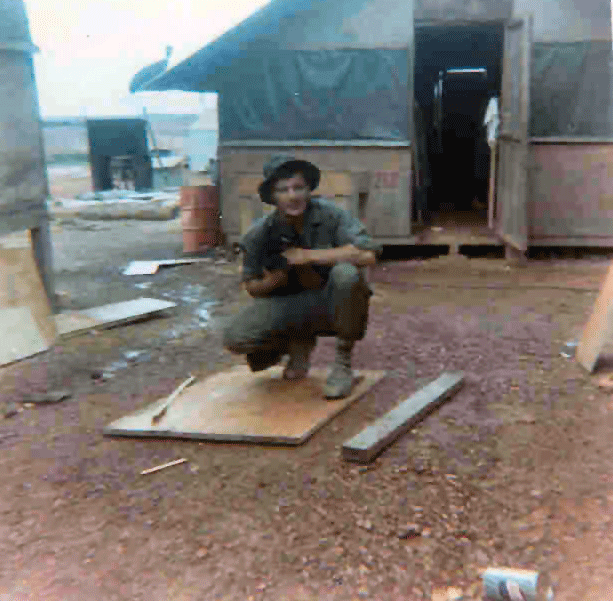
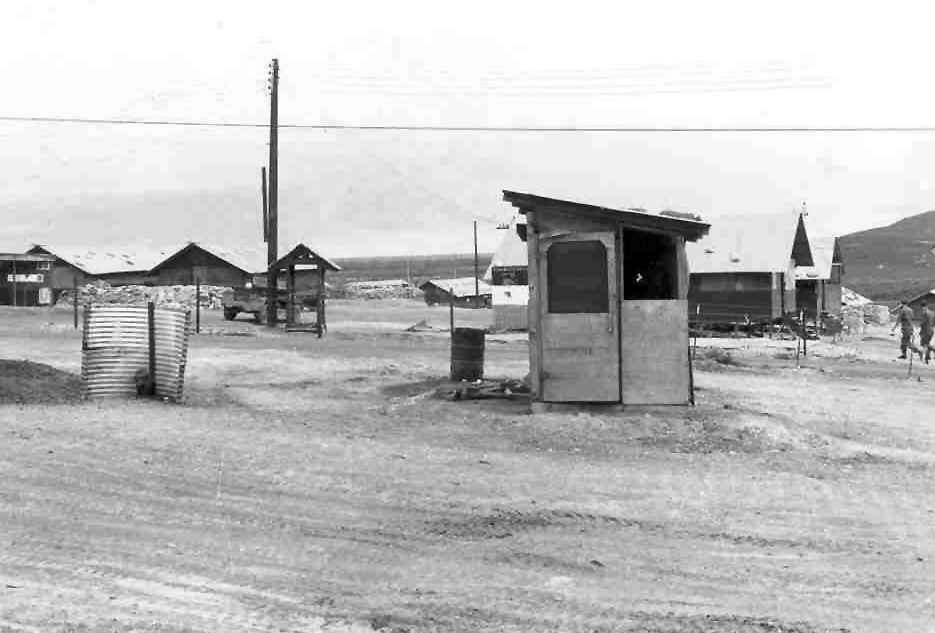
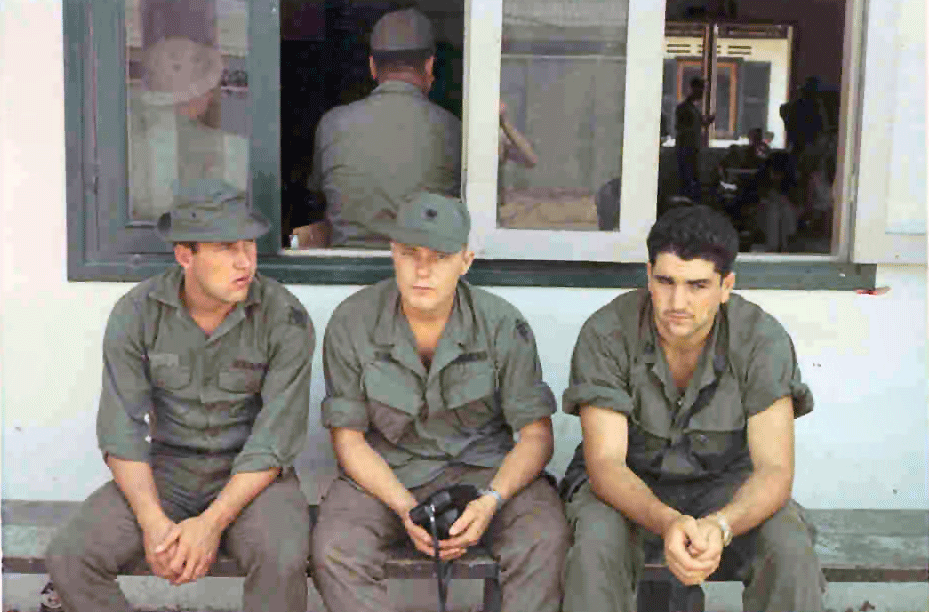
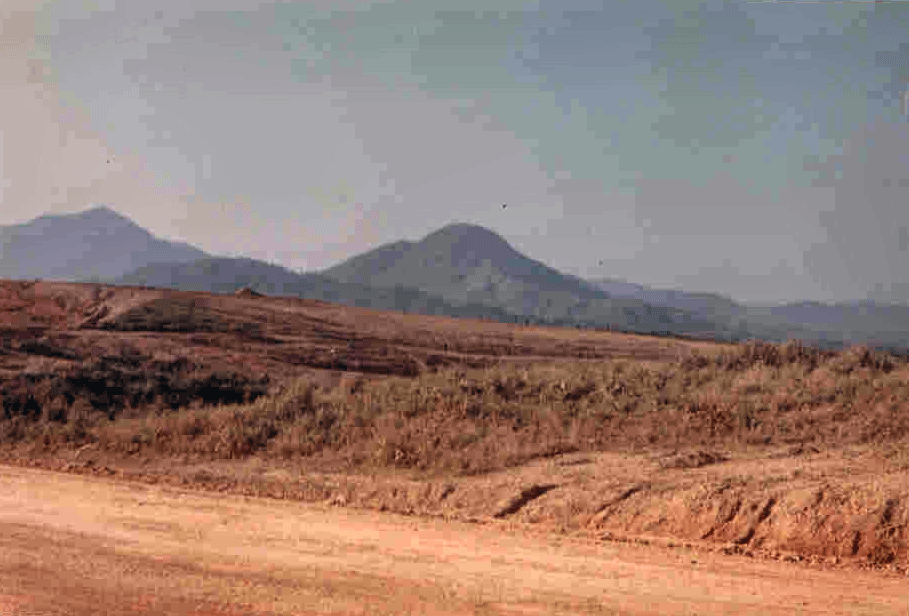
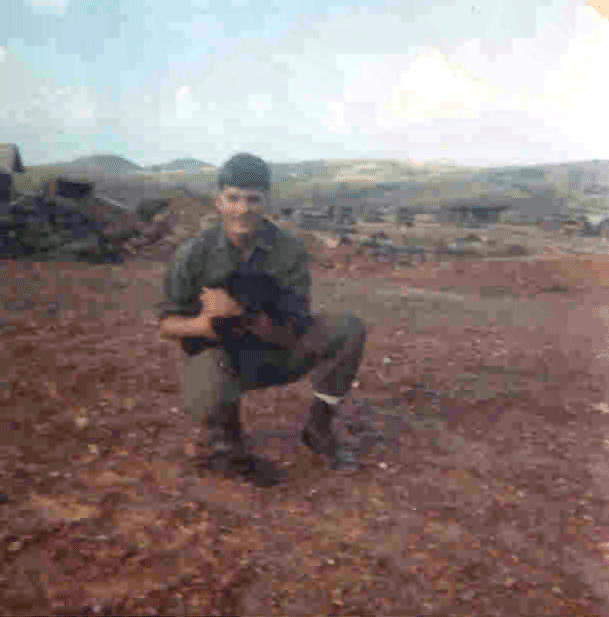
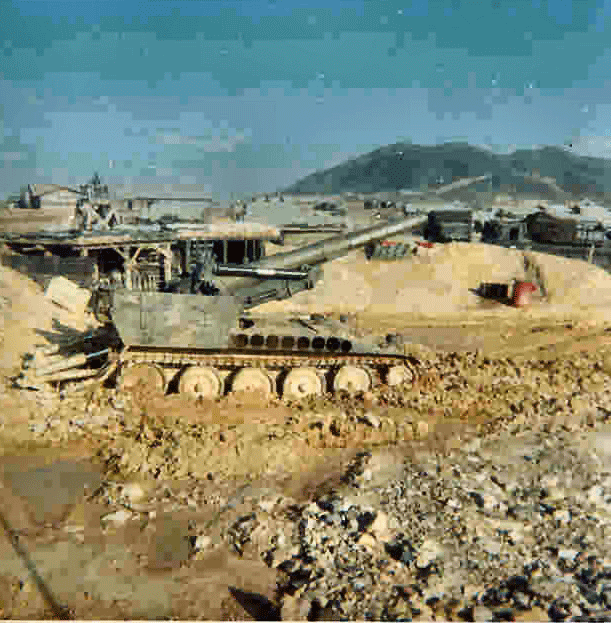
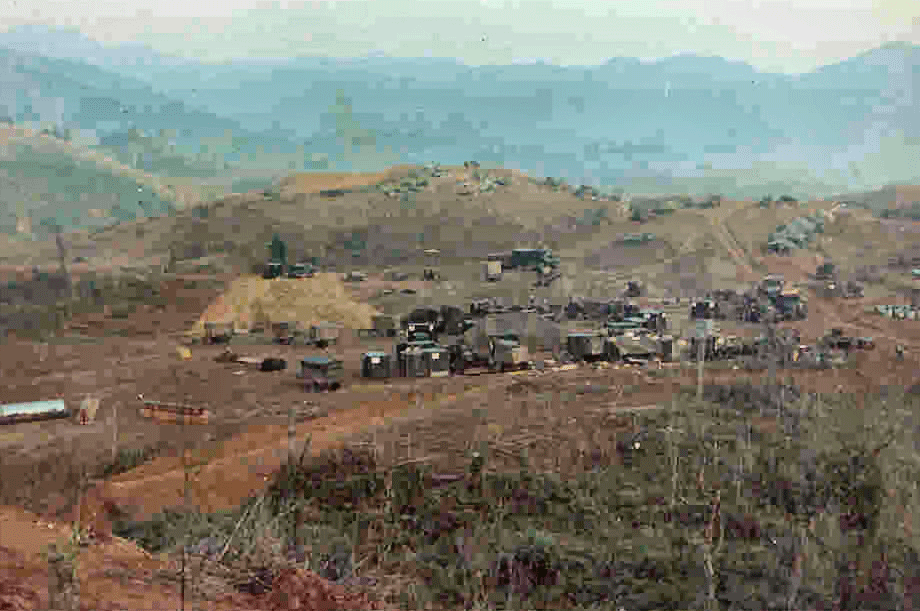
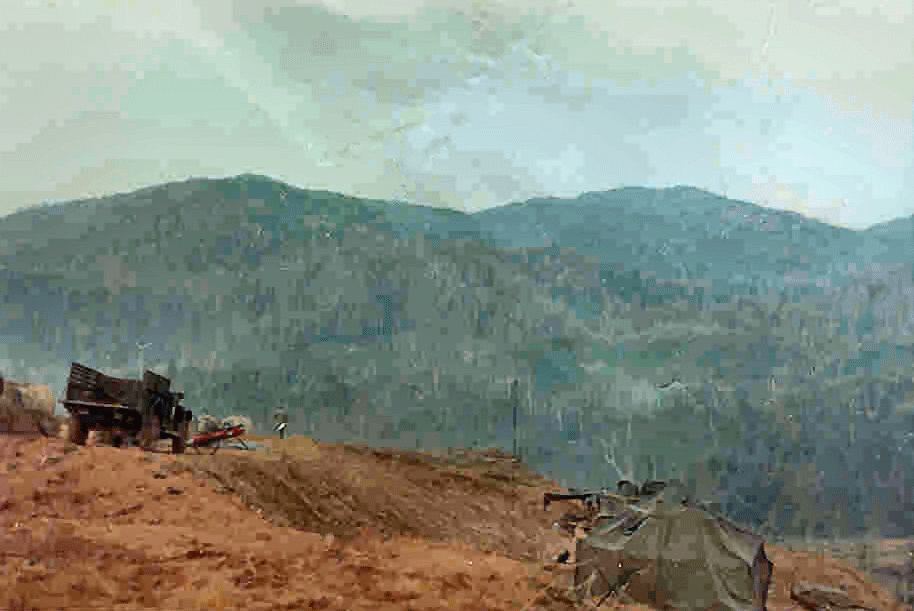
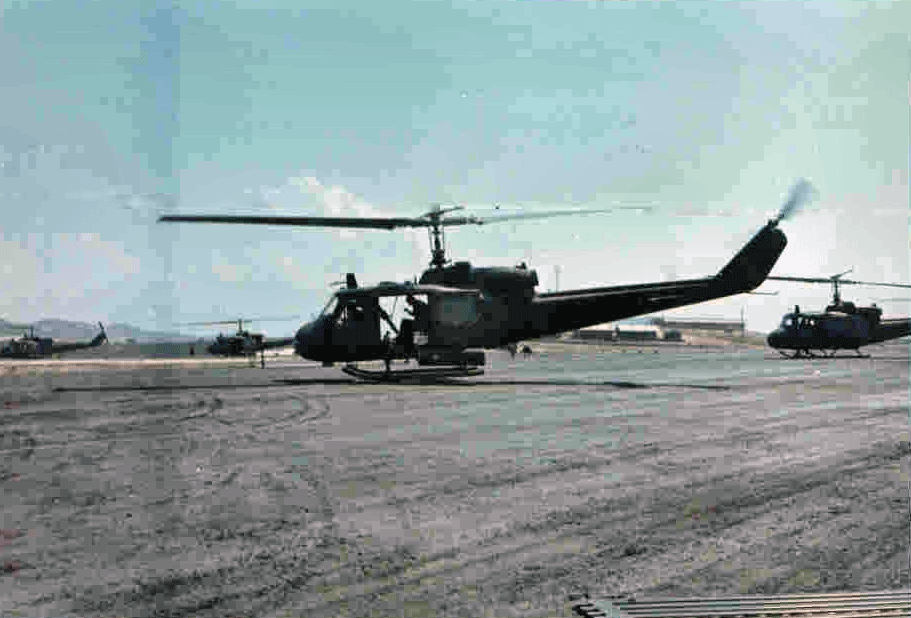
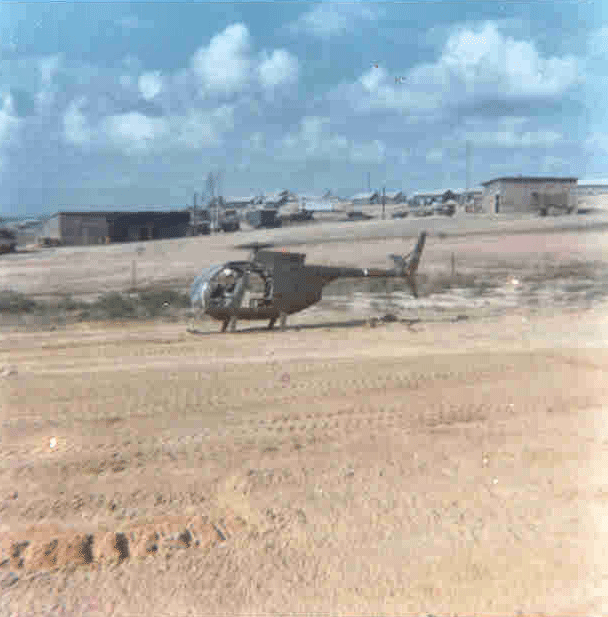
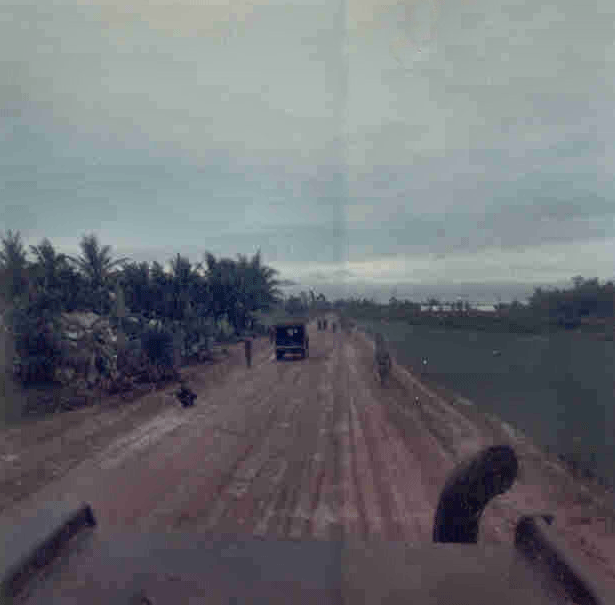
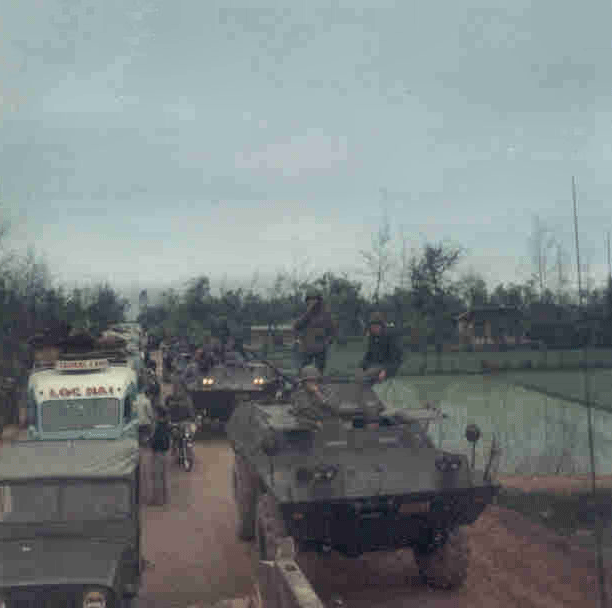
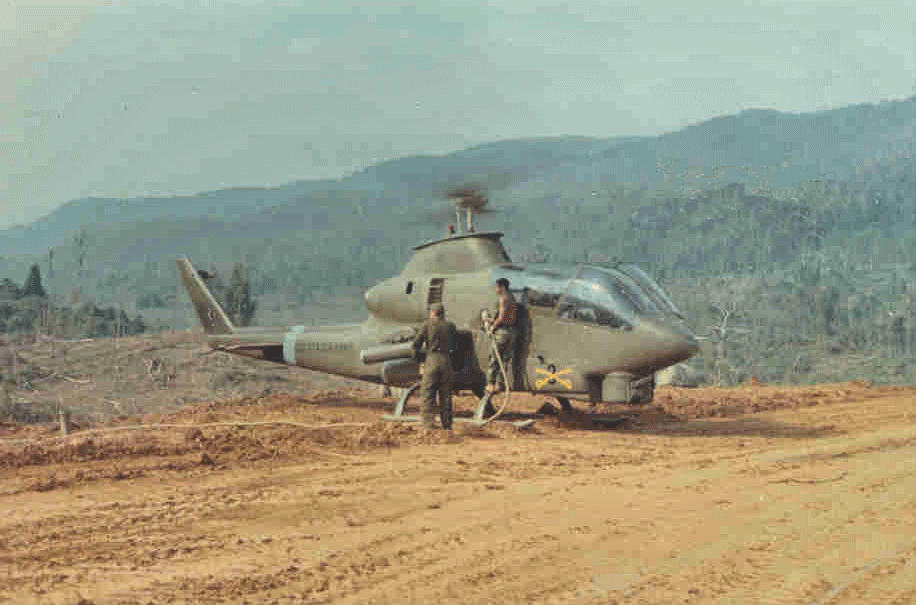
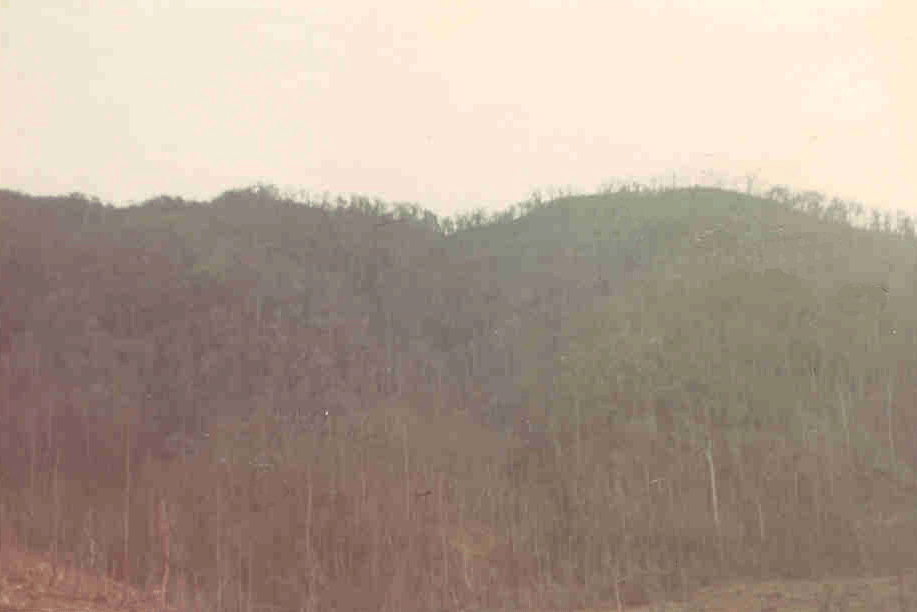
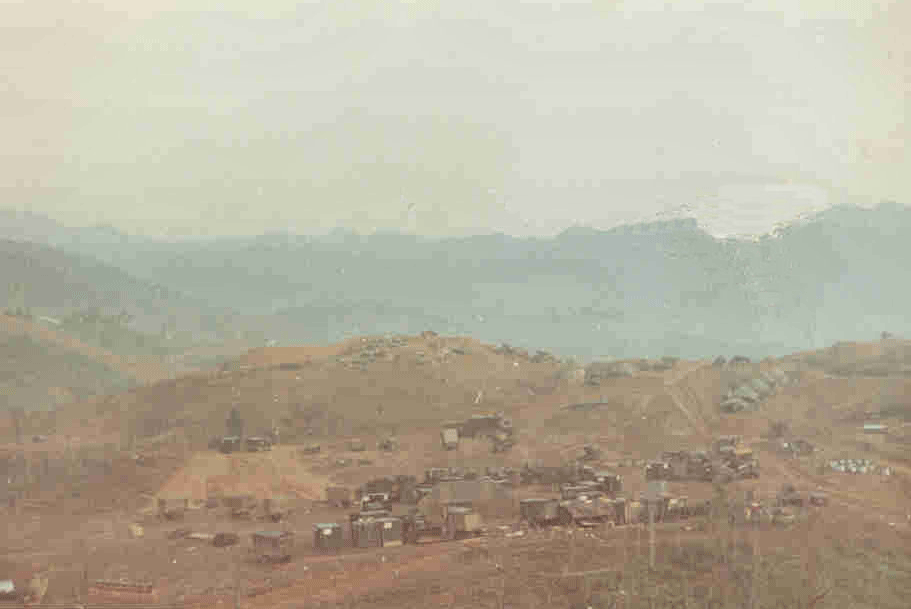
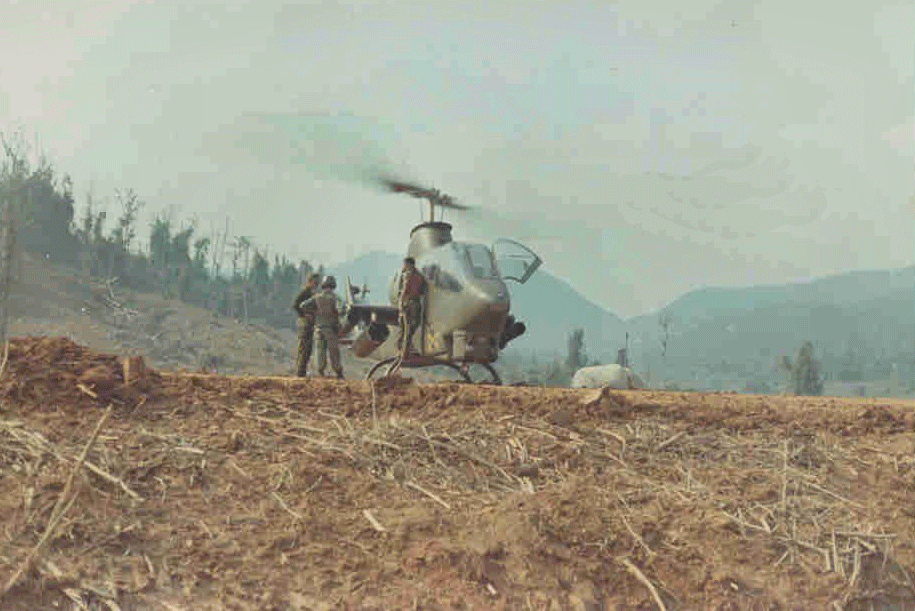
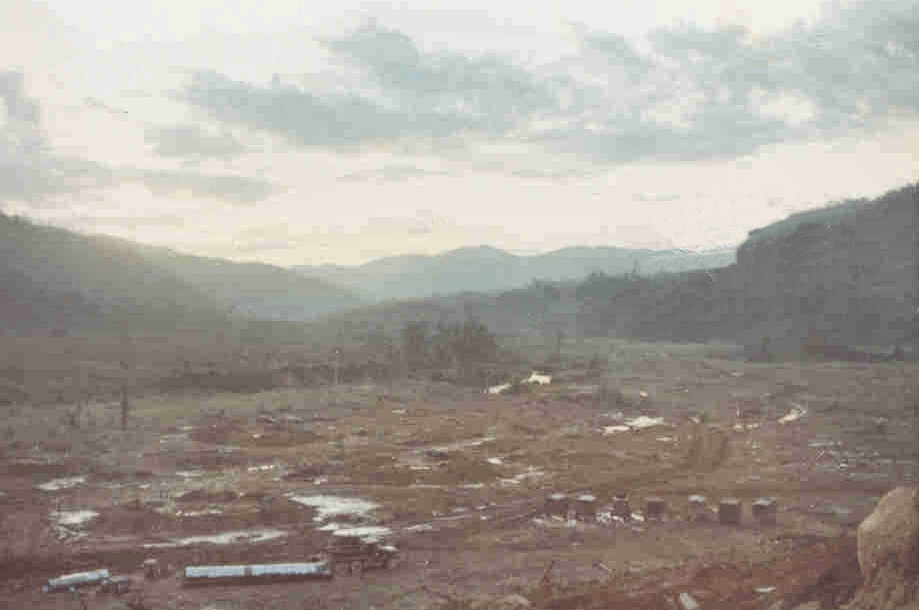


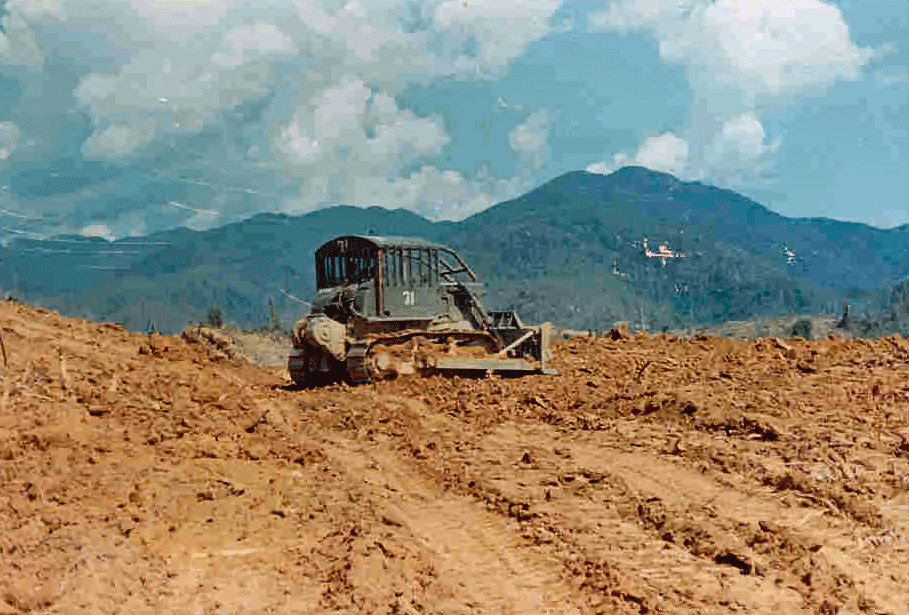
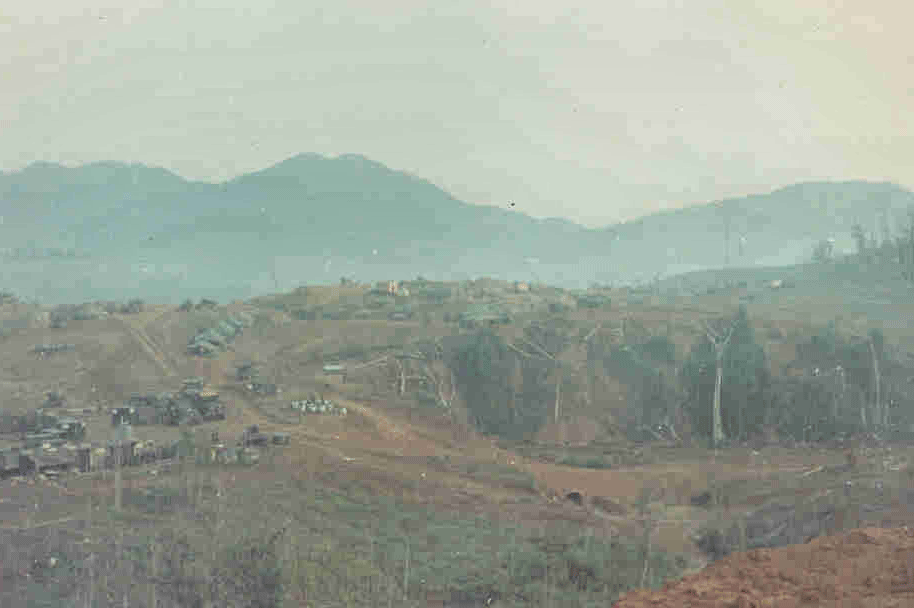
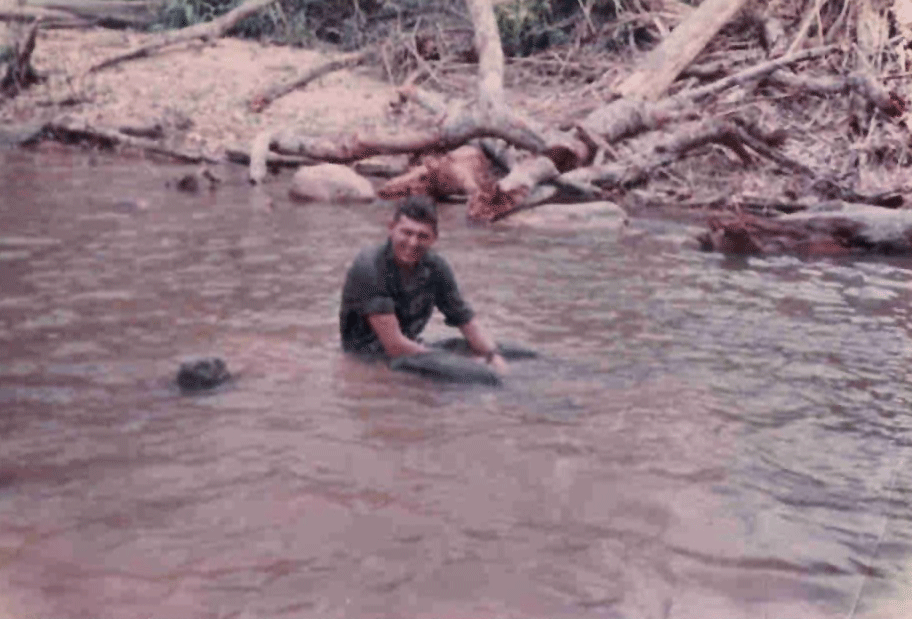
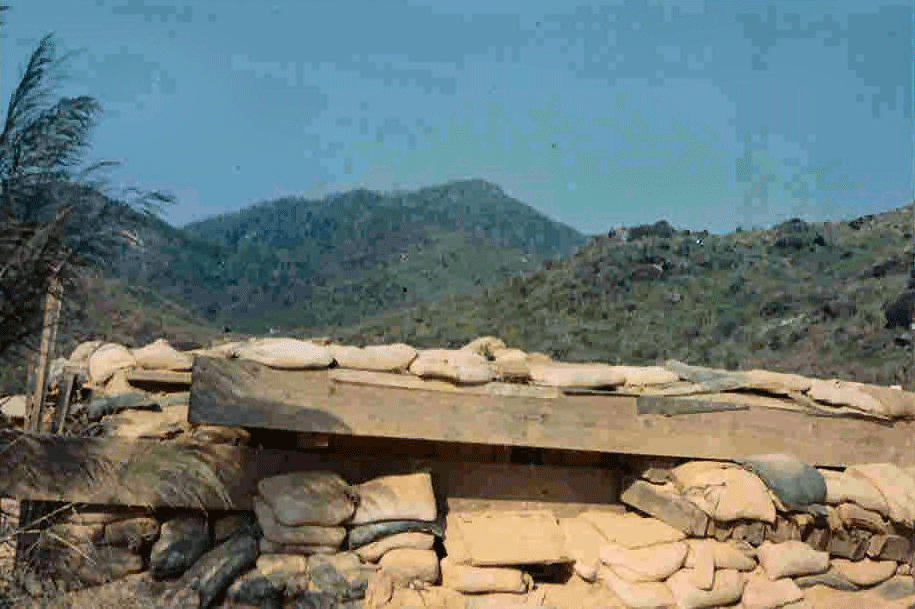
This is a 1-column page.
Enter subhead content here
|

|

|

